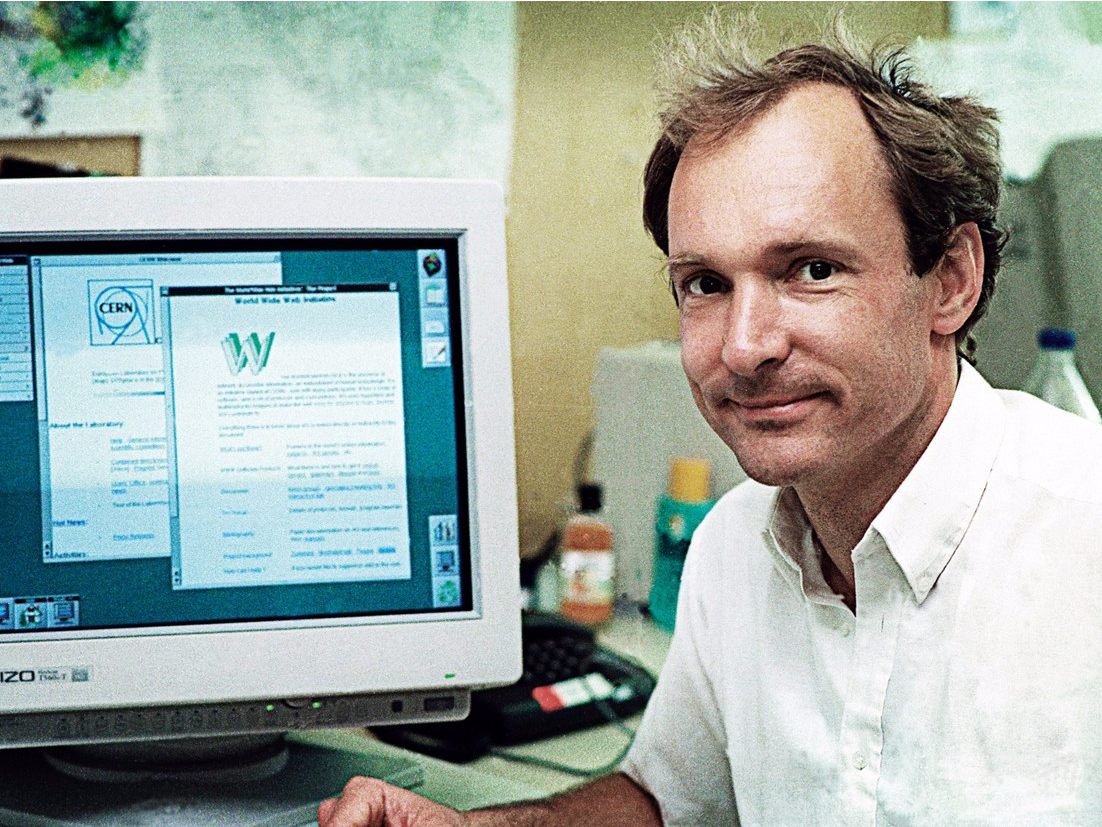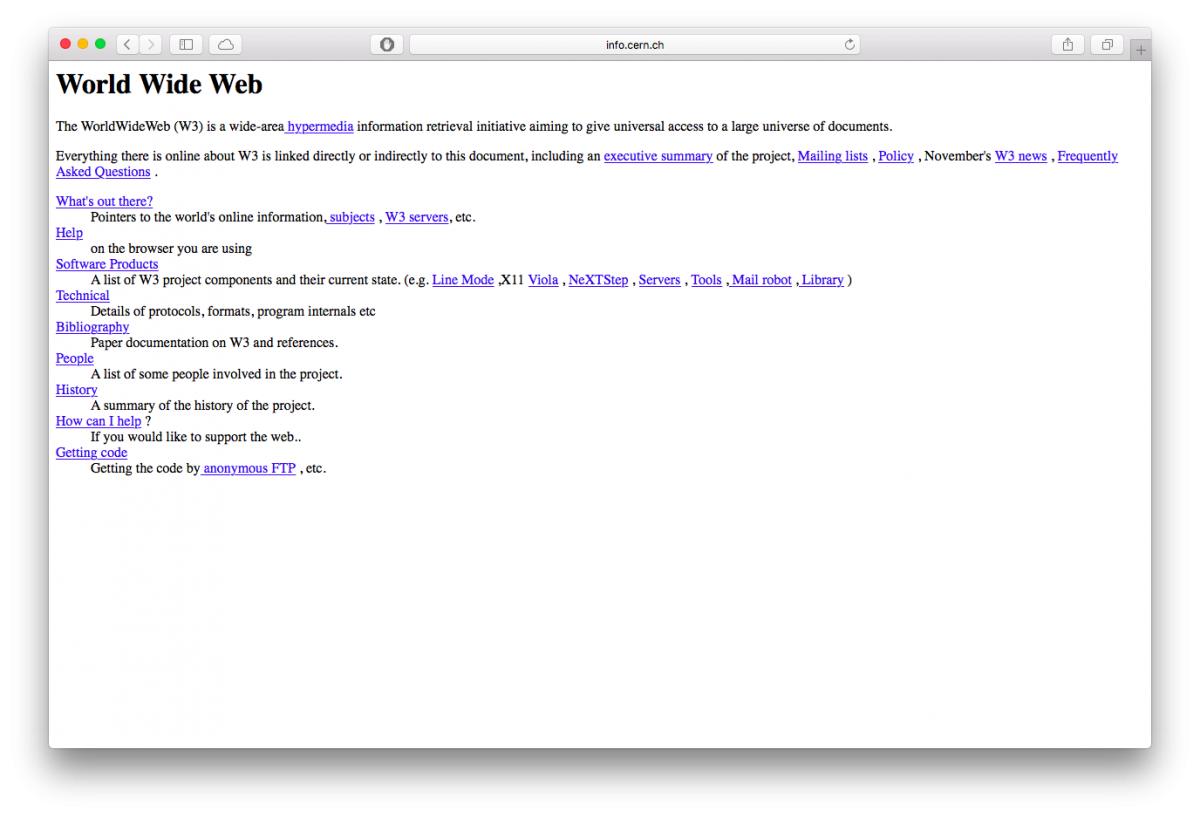Twenty-five years ago, the world’s first website debuted. Dubbed Tim Berners-Lee’s World Wide Web, it launched on December 20, 1990 and was created by Tim Berners-Lee, a scientist at the CERN research facility in Switzerland.

While the inaugural page wasn’t truly public until August 1991, it was live on CERN prior. The site wasn’t much more than an explanation of how the hypertext-based project works, but may have been the groundwork for what the Internet is today as we know it.
Originally, the project was meant to allow scientists to communicate easier, but the World Wide Web (what we today abbreviate “www”) has since grown into a place where over three billion people interact. Almost everything we do in our day-to-day lives is influenced by the web, including social interaction, work, banking, and gaming.
So what exactly did the very first website look like 25 years ago? It explained what the web is, how it can be used, and included a few out-bound links to other websites.

Aliweb was the first search engine to be unveiled in 1993 as part of a project at CERN. The project was created by Martijn Koster who was one of the web’s original architects. Shortly after, Bloomberg launched its website in 1993 as an extension of the company’s Bloomberg Terminal service, which delivers financial and technology news to those who pay $24,000 per year.

And while the World Wide Web has grown tremendously into what is it today, its creators are still heavily involved. Berners-Lee directs the World Wide Web Consortium — an organization which he helped create — and is pushing hard to protect the open web against both government censorship and telecoms’ attempts to crush net neutrality. CERN’s role has changed a bit; it’s still involved in networking research, but it more often known for smashing particles.
But one common ground we can acknowledge is the web itself and that it’s a vital, dynamic tool for sharing information around the world. So, Happy 25th Birthday, World Wide Web!
Source: Engadget and Huffington Post
Advertisement
Learn more about Electronic Products Magazine





